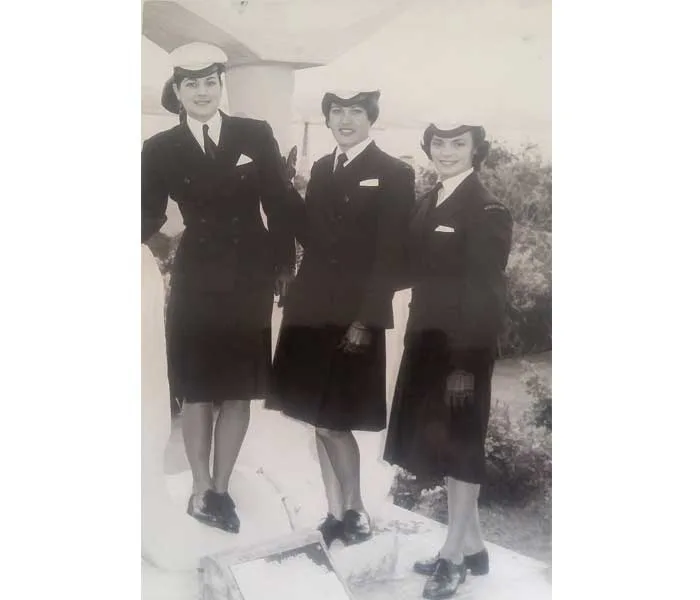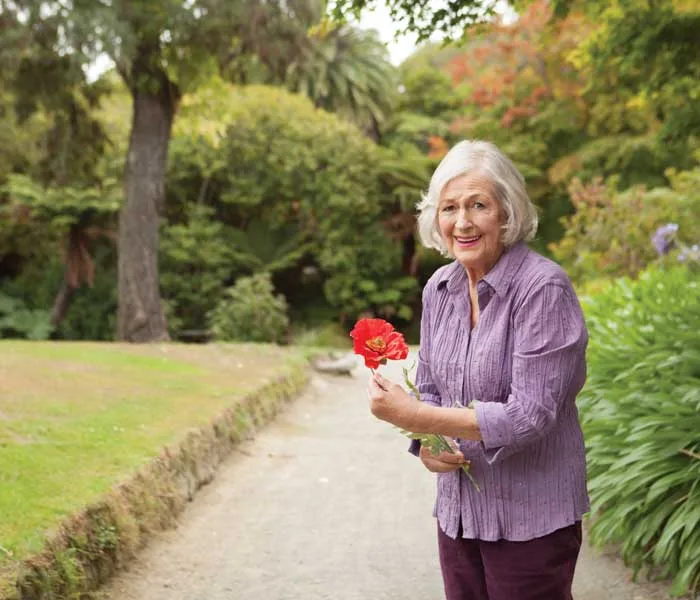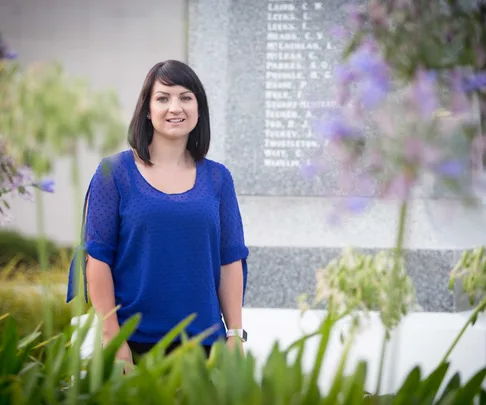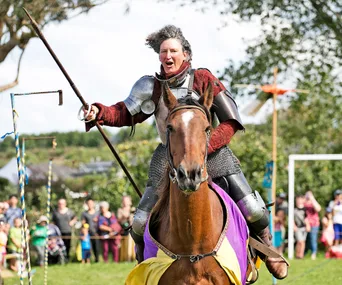When 30-year-old Bonnie Howes wears her medals, people assume they are her grandfather’s.
“On my first Anzac Day back in New Zealand after returning from Afghanistan, I was so proud of my medals I went down to [the commemorations] wearing them. One of the old guys came up and said to me, ‘You’ve got your medals on the wrong side,’ and I said, ‘No I haven’t, these are actually mine,'” Bonnie recalls with a smile. “Contemporary veterans are not what people expect.”
To illustrate this diversity, artist Matt Gauldie included a portrait of Bonnie in the Soldier’s Five/A Veteran’s Journey exhibition at Bowen House, Parliament Buildings in Wellington in May 2017. Matt, who is a serving territorial soldier and former NZ Army artist, was one of three artists to exhibit. He also painted elderly veterans, such as Heather Hawthorne, 72, who served in the Navy four decades before Bonnie was in the army.
Bonnie and Heather were both in their late teens when they joined their respective services, but this is where the similarities end – 40 years has made a world of difference to women’s role in the military.
When Heather joined the Women’s Royal New Zealand Naval Service in the early 1960s, women were not integrated into the Royal New Zealand Navy (until 1979) and jobs were limited to doing work at the naval base, such as typing and education.
Heather spent three years showing instructional videos to officers before she married and left the navy. She says while she learnt invaluable skills and the camaraderie was high, she would have loved the opportunity to be out on the ships.

Heather, left, and fellow wrens in their immaculate uniforms.
“They go to sea now,” she says. “I think that is a wonderful thing to be able to do – I would have liked to have seen bits and pieces of the world, but it wasn’t an option then, you kept the home fires burning.”
Four decades on from Heather’s time, Bonnie’s role in the army took her around the world. Over her six-year career she carried out engineering work at McMurdo Base in Antarctica; provided humanitarian aid in Tuvalu; and did training exercises in Sydney and Malaysia.
Her highlight was leading teams in provincial reconstruction work in Afghanistan, which included managing teams of local Afghan men building hospitals, school extensions and accommodation at universities, as part of New Zealand Aid-funded tasks.
“The local contractors probably found it quite difficult having a female come and say, ‘That’s not good enough, you have to redo it,’ but at the end of the day I was the one who was paying them so they listened to me,” says Bonnie, who says she was treated equally to men during her time in the army.
“I never felt I was held back because I was a woman. Once they saw, particularly at Officer Candidate School [OCS], that I was doing everything the guys were, then that was fine and I was very much treated as an equal. I was careful to not give anyone any reason to think I was getting special treatment as a female.”
She admits the physical exercises were a challenge, but one she was prepared for. “You don’t get a lot of sleep and you are carrying, what was for me, about half of my body weight. You just get on with it though – I expected it to be difficult and I wouldn’t have joined if I didn’t want the challenge. It was important for me that I was carrying my weight both physically and figuratively and that I was able to keep up with the boys. In the fitness testing I was meeting the male standards – I wanted to be accepted as an equal by proving that I was equal.”

Navy veteran Heather Hawthorne has fond memories of her time in the service.
Bonnie says the exertion was worth it for the opportunities the army provided her. “When I was only 22 I had a troop of 60 people I was responsible for.”
She would like to see more women join the army, where women still remain very much the minority. “The year I did OCS there were 40 graduates and there was only one other female in that group, and when I got my first troop of 60 people it only had one woman in it.
“The leadership experience, the confidence it gave me to talk in front of a group and the ability to make quick decisions and back myself when the pressure is on – you don’t get the experience of that anywhere else.”
Heather was 18 and working in a factory in Otahuhu, making radios, when she saw an advertisement for the Women’s Royal New Zealand Naval Service. It was 1963.
“I saw some promotional photos saying, ‘We want you!’ There was a call-out for women during that time,” she remembers. Heather subsequently featured in the next batch of marketing material for the navy.
“We lived in Elizabeth House, which is a beautiful big house on the esplanade [in Devonport, Auckland], walking distance to the base. Margaret House was for the new wrens [the term given to women working in the navy] that came in – you went from probationary wren to wren to leading wren.”
Heather, who was a leading wren by the time she left, says the job taught her “respect, responsibility and values” and a strong sense of discipline. “When we went out we had to be home at one minute to midnight – not midnight, one minute before. On Saturdays we were allowed to be home at 12.29.

“It also taught me to be very tidy and take pride in myself. You wouldn’t dream of looking crumpled or unpressed,” she recalls. “It would take an hour to iron your uniform properly and the summer uniforms were so stiff they could stand up on their own. We’d get on the bus to go to the big parade down in the navy base and we all stood up because we didn’t dare crease them.”
Flicking through her album of photos from that time is a source of happiness for Heather, whose husband Don was a chief officer of Sonar underwater weapons. She says the camaraderie amongst the wrens was strong and “there was always something going on”.
She remembers playing plenty of sport – particularly indoor hockey and netball – against other navy teams and putting on singing and dancing performances for entertainment.
“Here we are performing with a band,” she says, pointing to a black and white print. “We are doing the Charleston and high kicks – our legs were good in those days!”
When Heather married Don she left Elizabeth House and moved into a navy home near the Devonport base. She says being part of the navy community was important, particularly when her husband was at sea. “They used to go away for long periods of time, sometimes months, so it was great company.”
Heather now lives at Rannerdale Veterans Village in Christchurch, where she once again has that sense of camaraderie. Other residents will also feature in Matt Gauldie’s exhibition and 50 per cent of proceeds from those paintings will go to the village.
For more from The Australian Women’s Weekly, follow us on Facebook or Instagram.



